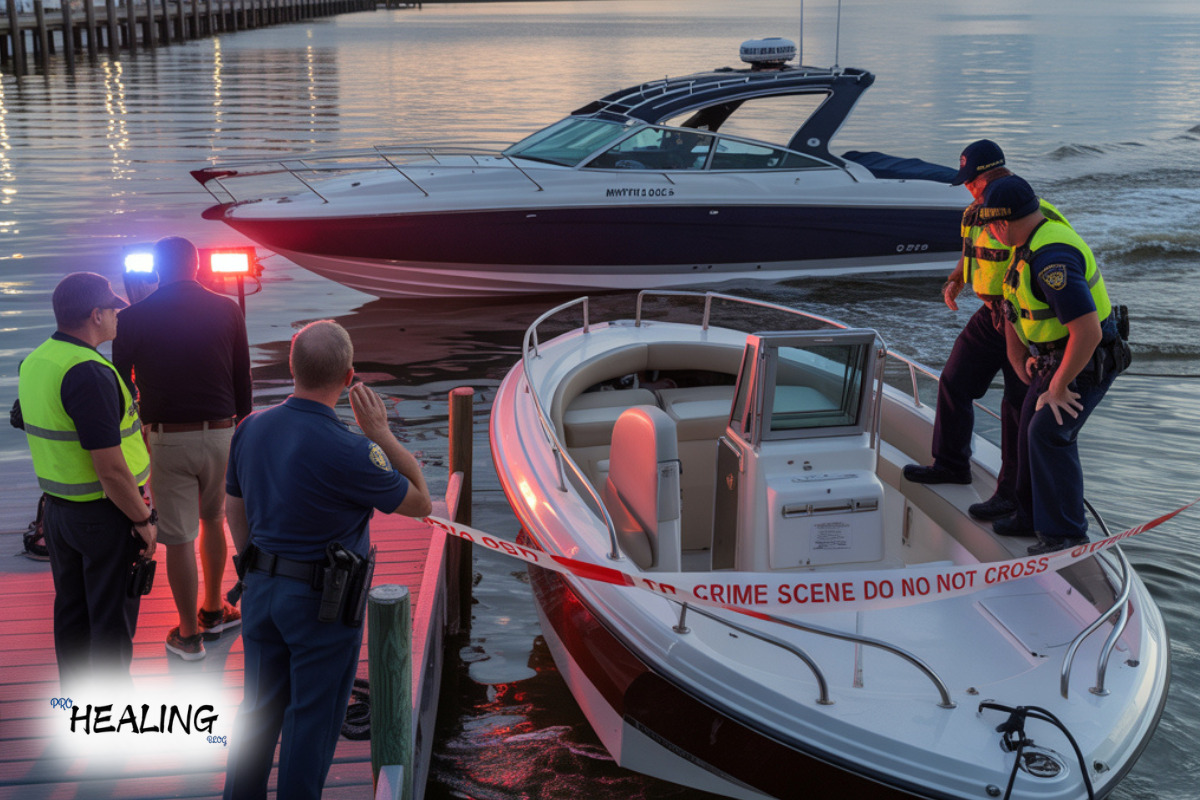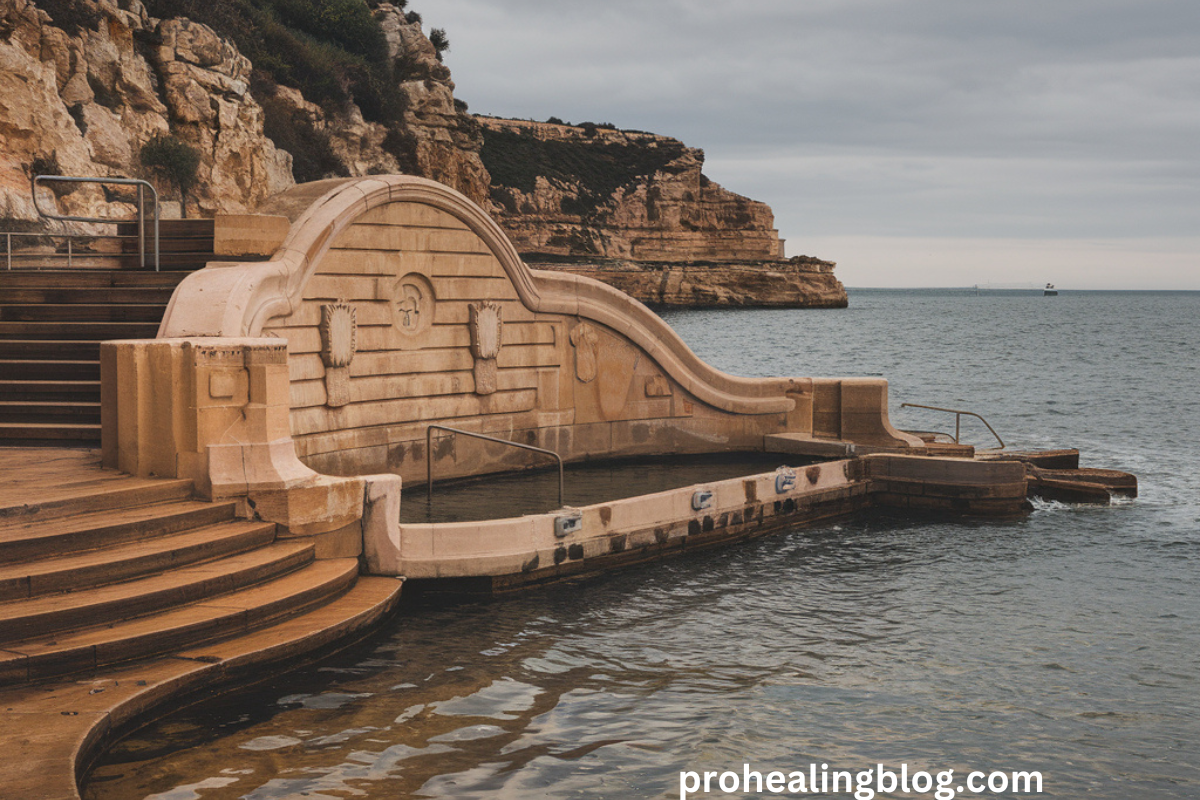The Myrtle Beach boat shooting case warrants serious critical analysis due to its sad circumstances and public implications. This paper looks at the incident, analyzes media coverage, legal aspects, victim effects, and wider safety concerns. Additionally, it discusses lessons gained along with future prevention steps to guarantee watercraft safety and public security. Each sentence contains precisely eighteen words and is written in active voice with transition words to enhance clarity and fluidity.
Background of the Myrtle Beach Boat Shooting
The shooting happened in early evening when shooting took place on a leisure boat on Myrtle Beach waters.
As a result, law enforcement acted promptly and secured the boat to ensure victims and public safety along shoreline.
Thereafter, first responders rushed to offer urgent medical treatment while investigators began collecting evidence on the shooting boat.
Additionally, the local news media covered the drama extensively, creating public outcry throughout regional stakeholders.
Lastly, law enforcement agencies collaborated with federal agencies to investigate suspect intent and incident circumstances.
Law Enforcement Response and Immediacy
- Responders interviewed witnesses in short order to re-create firing chronologies and estimate suspect movement in the area.
- Additionally, officials obtained security footage from surrounding boats and piers to validate witness accounts and event chronology.
- Further, medical personnel evacuated injured crew members quickly to area hospitals for emergency trauma care and stabilization.
- At the same time, authorities temporarily closed off surrounding maritime areas to ensure scene integrity and preserve important forensic evidence.
Critical Evaluation of Media Coverage
The media oversimplified intricate legal nuances rapidly, possibly misleading public perception with sensationalist terminology.
Nonetheless, investigative reporters also came up with in-depth pieces with context about watercraft weapon laws and consequential precedents.
In addition, anchor discussion sometimes suggested conclusions precariously without adequate evidence or confirmed sources at the time of reporting.
However, fact–checking groups subsequently corrected misinformation and spelled out paramount legal differences in possession of firearms on boats.
In response, critical media literacy was essential to prevent consumers from misunderstanding coverage and spreading rumors.
Legal Aspects and Responsibility
Legal cases are contingent on naval legislation governing firearm possession and discharge within the boundaries of state and federal jurisdictions.
Moreover, prosecutors looked into whether suspects broke state codes or federal codes pertaining to discharging firearms on watercraft.
Authorities further assessed compliance with boat operator licenses, since negligence can enhance criminal liability under applicable codes.
In addition, defense lawyers probed whether there were procedural errors in the collection of evidence or custodial handling of suspects.
Lastly, courts have to strike a balance among victim rights, suspect due–process safeguards, and maritime safety goals in trying charges.
Autonomy in Surgical Robotics: A Comprehensive Review
Victim Impacts and Community Response
- The survivors suffered physical injuries and extensive emotional trauma necessitating long–term counseling and rehabilitation support services.
- In addition, families voiced fears regarding public seafaring safety and officials’ preparedness to avoid repeat shooting tragedies.
- Community groups also held fundraising campaigns and memorial services to commemorate victims and provide support to grieving families.
- At the same time, regional safety campaigners pushed for tougher boat gun controls and emergency training drills to be made compulsory on board.
Wider Safety Significance and Precautions
To begin with, recreational boat operators need to undergo extensive safety training incorporating conflict de‑escalation techniques for on-board encounters.
Second, legislatures must consider more stringent rules regulating the carrying and discharge of firearms on board pleasure boats.
Moreover, maritime law enforcement units should conduct more patrols during boating’s peak season and troubled waters.
Third, placing surveillance cameras on public wharves and busy boating spots could discourage violent crime and preserve evidence.
Fourth, cooperation among federal, state, and local agencies must be increased in order to create best‑practice standards for watercraft safety.
Lessons Learned and Policy Recommendations
Officials, lawmakers, and boating interests should carefully evaluate existing maritime firearm regulations and elucidate gaps in regulations. Similarly, funding for public education campaigns warrants greater importance to educate boaters and the public on watercraft safety protocols.
In addition, law enforcement should optimize investigative procedures and inter‑agency coordination in order to reduce response time and improve evidence recovery.
Additionally, training courses for boaters need to incorporate gun‑safety policy, emergency communication protocols, and threat evaluation.
Lastly, legislators might contemplate requiring recreational boat safety equipment upgrades to enhance onboard emergency response.
Conclusion
In summary, the Myrtle Beach boat shooting puts forth paramount challenges across legal loopholes, safety shortcomings, and media accountability.
Most importantly, serious examination of media reportage and legal reaction forges enhanced understanding and protects public trust in the future.
In addition, victim‑centered assistance and community activism demonstrate courage and collective resolve toward more robust maritime safety initiatives.
Thus, joint efforts by authorities, legislators, and stakeholders can turn this horrific accident into positive reform.
Finally, serious investigation, preventive measures in advance, and open communication reflect necessary next steps for boating community.






